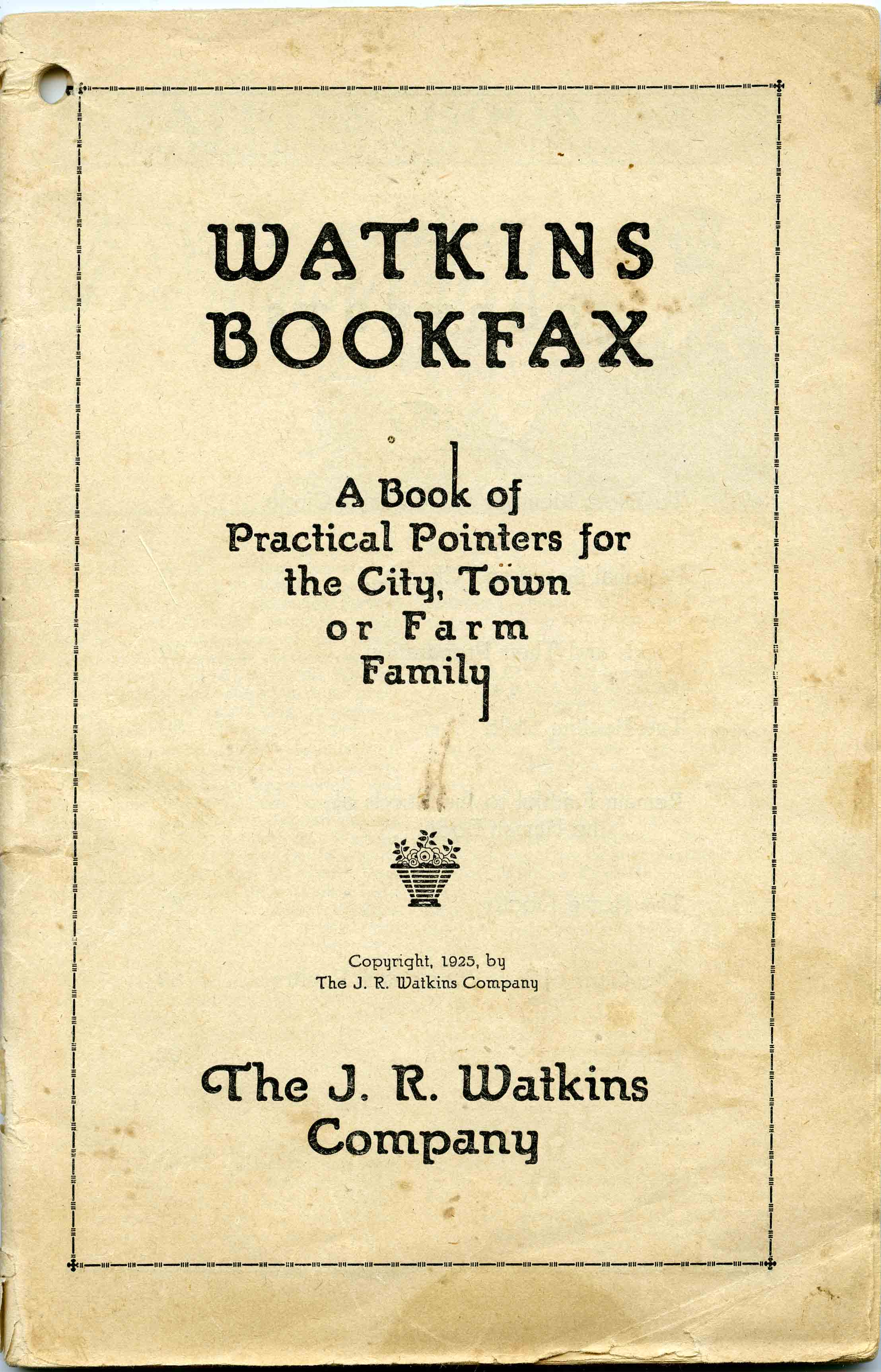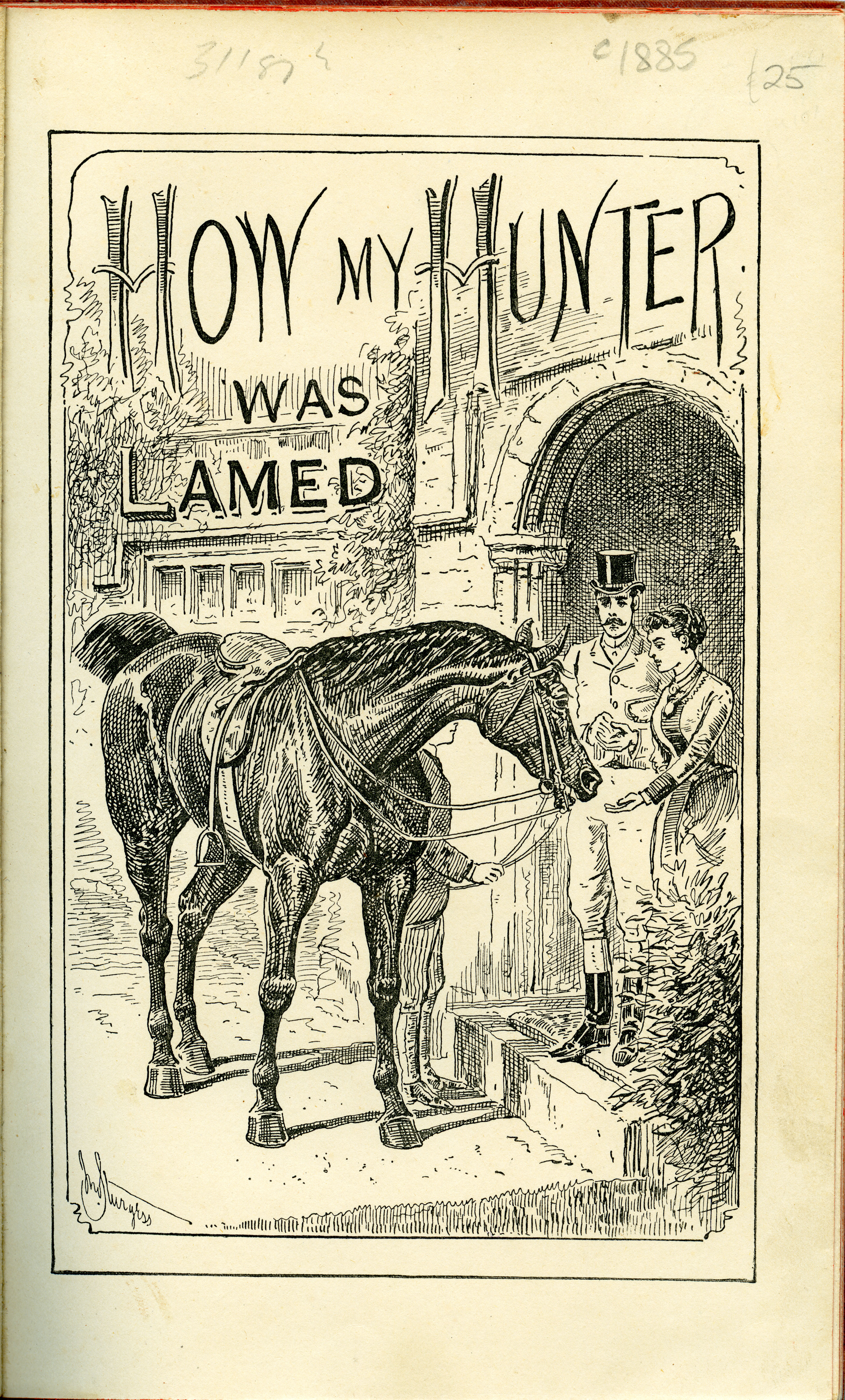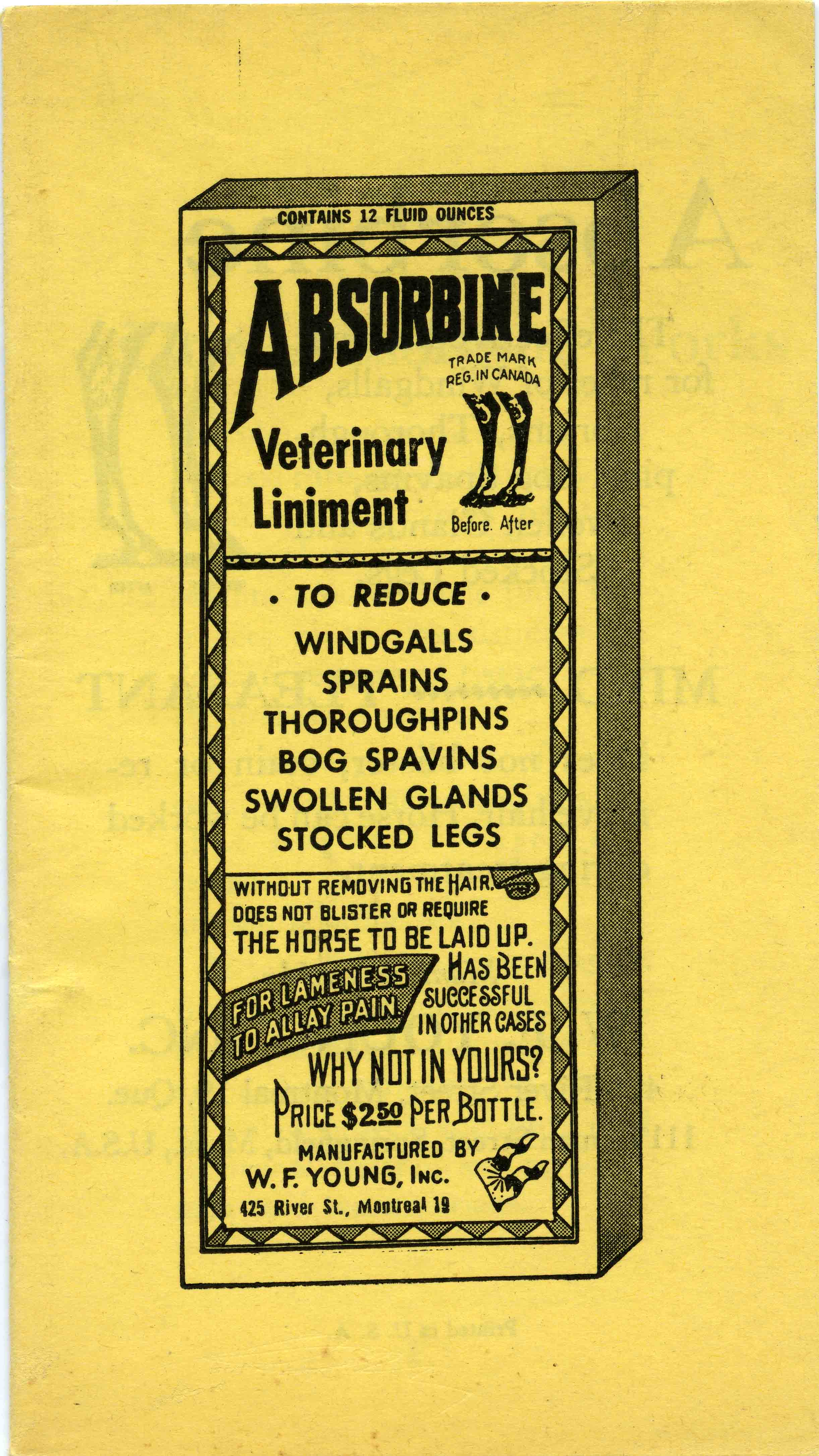Veterinary Advertising Introduction
Dr. Rosen’s collection includes a selection of popular literature in the form of veterinary advertising booklets and business cards published from the late 1800s to the 1950s. Free printed booklets containing practical information about animal conditions, along with suggestions for the use of the author’s or companies specific remedies, were supplied to consumers including livestock owners and companion animal owners. The booklets often included testimonials, giveaways, and free advice cards: they were distributed in drug stores, practitioners' offices, and feed supply outlets where potential clients shopped. Ads in newspapers, magazines, and mail order services extended the reach beyond in-person shopping. Examining the illustrated and colourful booklets provides a glimpse into the fascinating world of veterinary advertising showcasing products and services recommended for a range of species including livestock, poultry, caged birds and companion animals, and a few “cure-all products” for both animals and humans.
"Products and services were recommended for a range of species including livestock, poultry, caged birds and companion animals, and a few “cure-all products” for both animals and humans".
Some veterinarians who developed animal care products successfully evolved into CEOs, while others stayed in practice or in the research laboratory and passed the business side to non-medical partners. Other individuals, usually veterinarians, remained in their practices and created their advertising media primarily for the education of their clients, and secondarily to promote their business. There are examples of companies still in existence that identified a sales niche in the animal health system and hired veterinarians who had professional standing to offer input into product development and advice for potential clients. Some of the larger companies created veterinary suppliers' journals that mimicked scientific periodicals to advertise their products either for the clinician or indirectly to the clinician's clients. Veterinary journals from the Rosen collection are discussed in the Veterinary Journals section of this website.
Prior to the 20th century, the products described in the ads and booklets were patent medicines. "Distemper remedies, digestive aids, worming medicine, medicated soaps, and other aids developed from the compounds first created by veterinarians, druggists, and pet store “doctors” became available in the 1870s.” (Grier, 2006, p. 291). The world of patent medicines offered unregulated treatment options for human and animal health concerns – often the same medicine taken internally or externally! Patent medicines were in their heyday in the second half of the 19th century before federal drug regulation was first introduced in 1906 in the United States. Extravagant claims of “cure-alls” containing undisclosed ingredients were delivered through ingenious packaging and marketing campaigns aimed at human consumers for their own ailments, or those of their animals. Further amendments to the 1906 legislation meant that patent medicine manufacturers could no longer make false or unsubstantiated claims of action for their products. Labelling of potentially dangerous or addictive ingredients was also required. Later still, amendments required all ingredients to be listed and medications were clearly identified as prescription or over-the-counter drugs. Patent medicines still exist today as over-the-counter products used by many people for self-medicating themselves or their animals.
"Distemper remedies, digestive aids, worming medicine, medicated soaps, and other aids developed from the compounds first created by veterinarians, druggists, and pet store “doctors” became available in the 1870s.” (Grier, 2006, p. 291).
The veterinary advertising booklets and business cards in the Rosen collection originate mostly from companies in North America with a focus on Canadian producers/distributors. Veterinary advertising documents collected by Dr. Rosen include examples from unregulated patent medicines, veterinary equipment and supplies, and pharmaceuticals and animal feeds developed under rigorous standards in laboratories and industrial facilities. The following categories of veterinary advertisements represented in the Rosen collection include Canadian veterinary advertisements, veterinary pharmaceuticals and supplies, prolific veterinary advertisers, and business cards of Canadian veterinarians.



Canadian Veterinary Advertising
Veterinary Pharmaceuticals and Supplies
Prolific Veterinary Advertisers
Veterinary Business Cards

